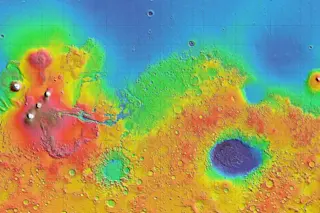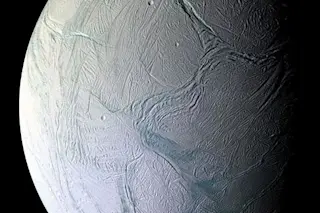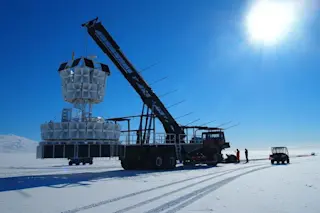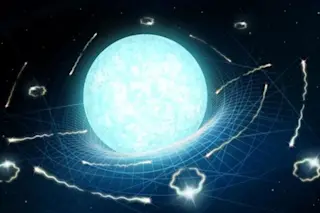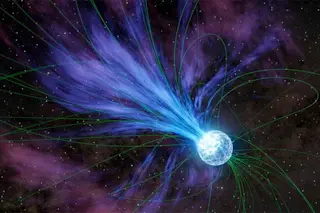Three and a half billion years ago, an asteroid slammed into Mars. The cataclysm wasn’t terribly unusual for this period in the solar system’s history, but the fallout would leave its mark. The asteroid carved out an enormous crater. It also sent a wall of water a thousand feet high hurtling around the young Red Planet, which was much more blue at the time.
That wave then slammed into land, creating strange landforms on Mars. Since 2017, Francois Costard, a scientist at the French National Centre for Scientific Research, has been advocating this theory to explain a region called the Thumbprint Terrain, and now he thinks he may have found the crater that was ground zero for the tsunami. He published his findings June 26 in the Journal of Geophysical Research Planets.
Mars’ thumbprint terrain might be the site of an ancient tsunami striking the shoreline. (Credit: American Geophysical Union)
...


